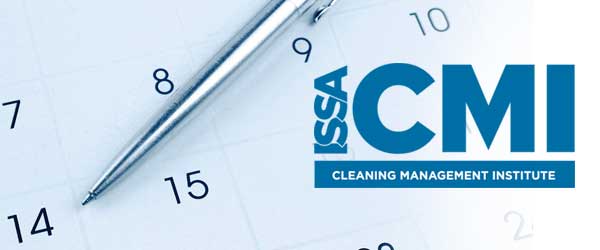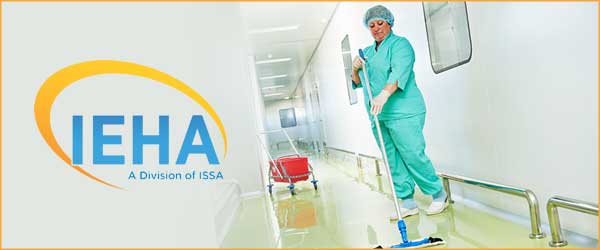When making purchasing decisions, buyers invariably focus on the sticker price. But, ultimately, the purchase price of a piece of equipment may have little to do with how much it costs to own the machine.
Hamilton, OH – Jansan distributors report that the summer months are often their busiest of the year because this is the time when many school districts, universities, and other facilities make purchasing decisions.
However, when making purchasing decisions, what buyers invariably focus on is the sticker price. But, ultimately, the purchase price of a piece of equipment, such as an automatic scrubber or carpet extractor, may have little to do with how much it costs to own the machine.
This is often referred to as the “total cost of ownership (TCO)” of equipment and according to Matt Morrison, communications manager for Kaivac, these costs can be a real eye-opener.
“Many managers and [cleaning] contactors have no idea just how much the cleaning equipment they select costs them over time.”
So what are some of the factors that go into the TCO?
As an example, Morrison suggests managers and cleaning contractors consider the following information before purchasing an automatic scrubber or similar floor machine:
Initial purchase price of the equipment including accessories, taxes, shipping cost, extended warranties, and training if and where applicable.- Preventive maintenance/operating costs: “These are ‘scheduled costs’ recommended by the manufacturer to prevent equipment downtime; they are often overlooked but refer to such things as replacing belts, filters, brushes, pads, and other parts along with the labor and parts charges involved.”
- Repair costs, which are “unscheduled costs,” would include not only the costs to service and repair the equipment but also shipping and transport costs to and from a service location, added labor costs if the work normally performed by a machine must now be completed manually, equipment rental costs to replace a machine that’s down, etc.
- Soft costs: Often overlooked when considering TCO is the “soft” items such as the amount of time it takes to train a worker to use a machine and worker productivity issues; these soft costs can add up to big money.
“With this information, compare machines used for the same or similar purpose,” says Morrison. “Invariably you’ll discover that some machines cost far more to own than others, often making the sticker price irrelevant.”






